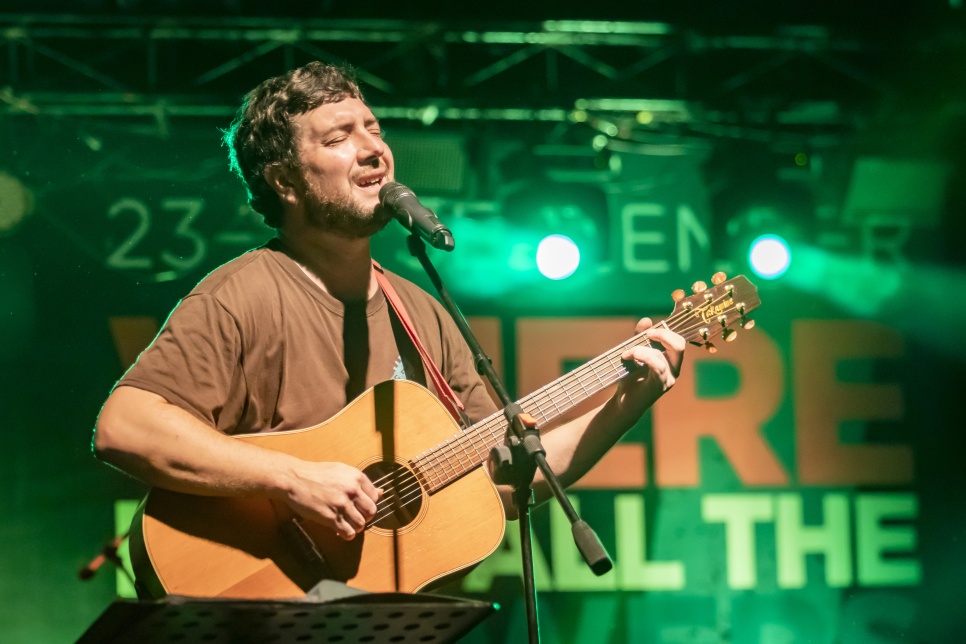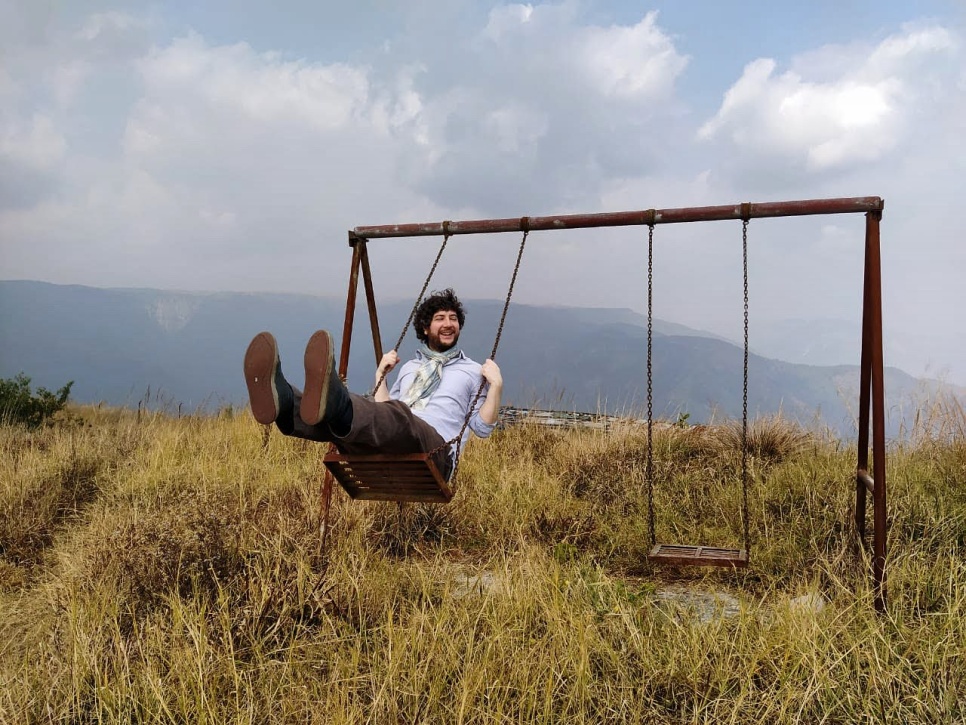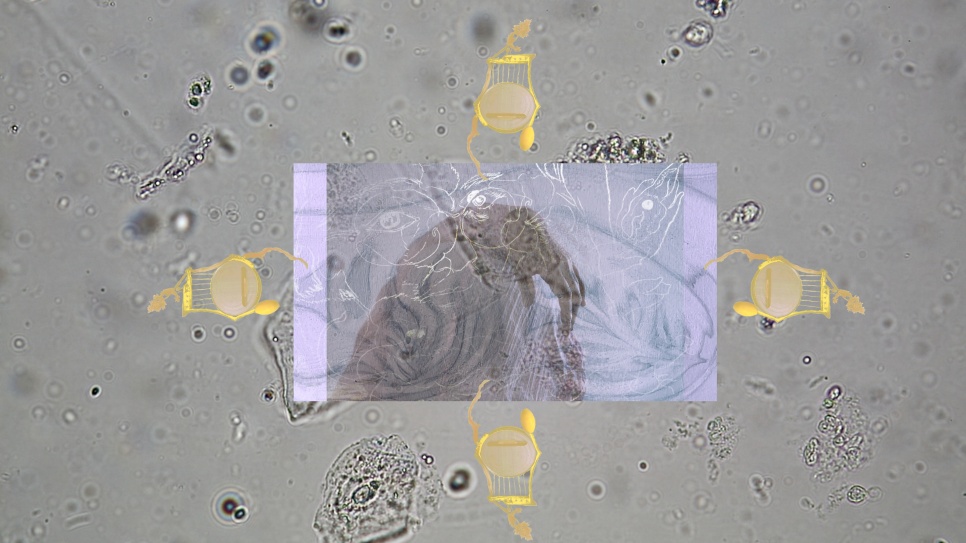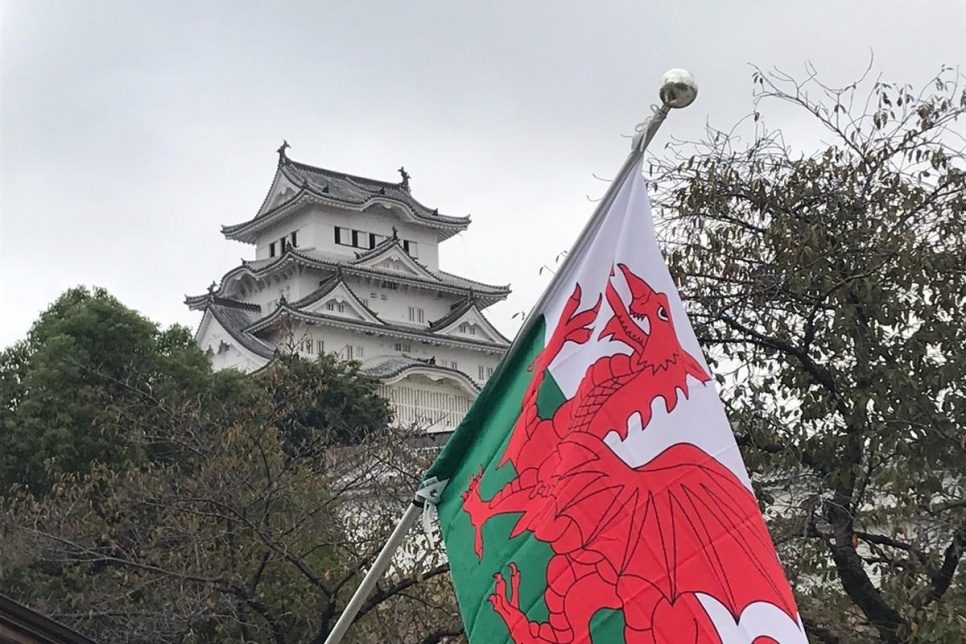The Gwrando programme was created as part of the United Nations Decade of Indigenous Languages and to allow artists to listen and learn from the many endangered Indigenous languages of the world. Here is Gareth Bonello talking about their project and journey so far.
I have been collaborating with the Khasi poet and performer Lapdiang Syiem to compose new visual material, poems and music based on our discussions on Welsh and Khasi identity.
Which Indigenous language / community have you been listening to?
I have been listening to the Khasi community in North East India.
Who have you been collaborating with?
I have been collaborating with the Khasi poet and performer Lapdiang Syiem to compose new visual material, poems and music based on our discussions on Welsh and Khasi identity.
What would you like to share about your journey?
I've learned that it's important to establish a permanent and long-term dialogue in order to foster a creative and personal relationship that everyone can trust.


What are your aspirations for the UN Decade of Indigenous Languages?
My great hope for the United Nations’ Decade of Indigenous Languages is that it increases visibility and understanding of Indigenous languages and cultures across the world. I hope this will lead to legislating to protect those languages and the communities that preserve them.
I hope for the end of oppressive policies that are still operated by governments around the world that encourage or force people from minority communities to turn their backs on their own languages.
I also hope that the decade leads to a better engagement with coordinating between minority linguistic communities at all levels. There is so much we can learn from each other and we need more exchange between individuals, community groups and national organizations to share good practice and to support each other as we fight for recognition and respect for our unique languages and cultures.
I would like to see more collaboration in creative areas as is happening in this project, but also in other areas such as education, social justice and science. Indigenous people often have a progressive and better understanding of their habitat and it is vital that we listen to their voices as we fight the global impacts of the climate crisis.
What’s one practical lesson you’ve learnt and would like to share with other artists about working with Indigenous languages?
Gareth Bonello:
I think that it is very important to establish a solid personal relationship when working together. You need to be patient in doing this and to take time to get to know each other as artists and individuals in order to create a supportive and safe atmosphere in order to co-create. I was pleased with the opportunity to work with Lapdiang without the pressure of having to create a piece of finished work. This allowed us to discuss and create in our own time. I am confident that this approach will lead to high-quality creative products and better relationships between our communities as well.
When starting to work with someone new, especially from another culture, the dialogue and the process are paramount. In discussing, practice and creating together, we build long-term relationships based on respect and creativity. We also open the way to expanding the connection by also involving other artists within our communities. Inter-cultural creative work often focuses on creating a quick product to sell to audiences, primarily in Europe and North America. This approach is often of no benefit to the native artists or their communities and leaves them vulnerable and exploited by Western capitalists. Western artists must be aware of this imbalance when working with artists from indigenous communities and strive with colleagues to minimize the negative impacts of the structures of power and influence operating around the world.
Lapdiang Syiem:
That communication is key and communicating beyond a level that makes you comfortable. For example, don’t settle for the first English word to translate what you mean or say but look for deeper meaning and finding that meaning in a language other than the intermediary one (in our case English being that intermediary language). Let the process take time. With my collaboration with Gareth I feel like we had started so early on that this creative journey for us became one that felt very organic and something not forced.
And that there was a trust with each other in the creative process. Also conversations about our day to day lives and events, routines that affect us outside of the project helped in understanding how we worked as artists.
So, communication for me was always key…sharing thoughts, ideas without rushing towards a final product.
Here is a film produced as part of the peoject:
GWRANDO / SNGAP
Laptiang Syiem & Gareth Bonello




